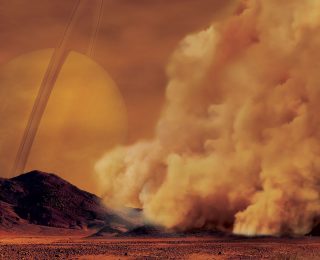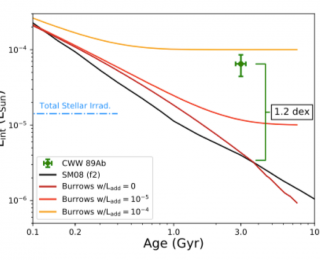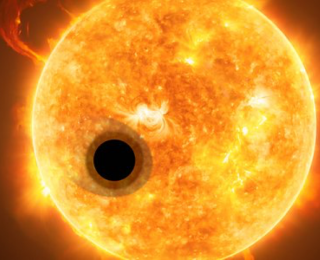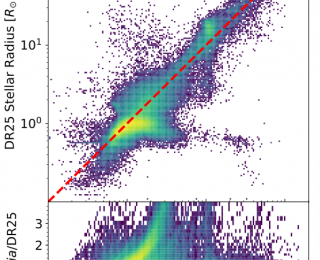
Heading to Titan? Bring a Swiffer!
Titan might actually be more akin to Mars and Earth than we first thought.

Titan might actually be more akin to Mars and Earth than we first thought.

Today’s paper explores different possibilities causing the brown dwarf CWW 89Ab to be overly bright.

Today we explore how to handle grad school rejection, with different career paths and anecdotes from similar experiences.

It has long been theorized that exoplanet atmospheres should be partially composed of helium — now we finally have our first detection in the atmosphere of Wasp-107b. Today’s bite explains how the authors observed helium and discuss what this means for the atmosphere of this planet.

Using new Gaia data, the authors update the stellar radii for the majority of Kepler’s stars. While they find that most stars have similar radii to previous reported values, there are some large discrepancies.